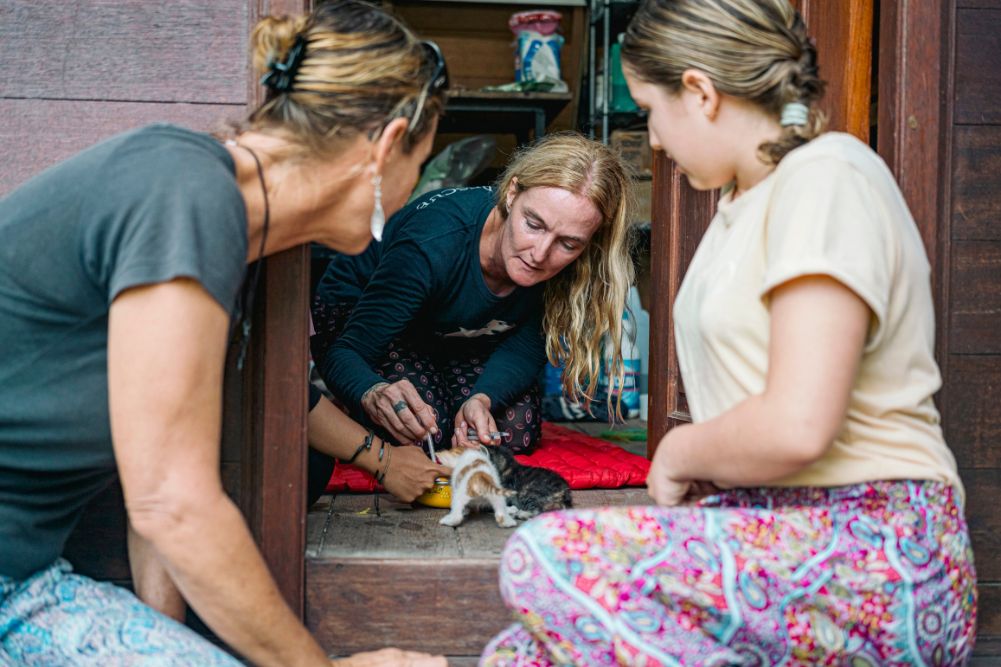Feeding the people and the planet
The days are gone when we can blithely eat, mine, and make whatever we want to without a thought for the future. There are just so many people on the planet these days that we have to make conscious decisions about our actions today with a view to present and ongoing impacts. We have to live consciously…that’s not actually a burden, it is a wonderful gift of the current circumstances, and it is never more clearly seen than in how we produce our food. At the level of academia this is being recognised and in a new report by researchers from the University of Bristol, published in the journal Nature, eight strategies for livestock raising have been outlined if we are to do it in a sustainable way.
Less human food – the first strategy they recommend is to feed livestock less human food, keeping that food such as grain to feed people directly but instead feeding cows and sheep hay, silage, and high fibre residues from crops.
Select regionally appropriate animals – this one is almost too obvious but sadly there have been many cases where imported breeds have been used in inappropriate regions with unfortunate results. For example, European and American Holstein dairy cattle have been sent to Africa and Asia to try to assist in feeding the human population. In their natural environment a happy Holstein will produce 30 litres of milk a day but in these unnatural locations they produced much less and the cost of feeding them dramatically exceeded what it would cost to feed a local breed. Local and seasonal are not only desirable qualities for plant foods.
Healthy animals – livestock raising needs to focus on the health of the animals not just their productivity. In developing nations diseases from animals that can be transmitted to humans (zoonoses) cause 2.4 billion cases of human illness each year and around 2.2 million human deaths. Keeping animals happy and healthy in hygienic environments is not only fundamental to respecting the animal but also the humans around them.
Use supplements – just like humans, animals can benefit from having supplements added to their food to make up for any nutritional inadequacies. Some supplements not only make for healthier animals but result in higher yields.
Quality versus quantity – there are definite benefits that come from humans eating good quality animal produce, but the focus needs to be on healthy, happy animals producing high quality products that are consumed in moderation by many people.
Local culture – attitudes to livestock are not the same from one culture to the next. In some traditional societies animal ownership is not only about food but also wealth, social status, and can even contribute to dowry payments. You can’t just impose an industrial model of livestock raising on those societies. So future animal practices need to be respectful of regional variations in cultural approach.
Costs and benefits – sustainable livestock raising is possible into the future. Poor old cattle are sometimes tagged as flatulent, greenhouse gas producing machines but that is only part of the picture. One cow produces up to 70kg of manure per day which is enough fertiliser for one hectare of wheat. Alternately, that manure from one cow in a year would yield equivalent to 128kg of nitrogen that might be otherwise sourced from fossil fuels. Deliberate, sustainable approaches to livestock raising will acknowledge the costs but harness the benefits of each animal as well.
Use best practice – what the researchers are saying here is that farmers in various localities need to pool resources and knowledge so that they can make the best of what their local conditions have to offer.
This is not soft, fuzzy, feel-good philosophy; it is what amounts to a holistic and sustainable vision advocated by academics and published in a highly regarded journal. It is not necesarily a complete vision but if we apply this kind of conscious approach to all areas of life the future will be so much brighter.







